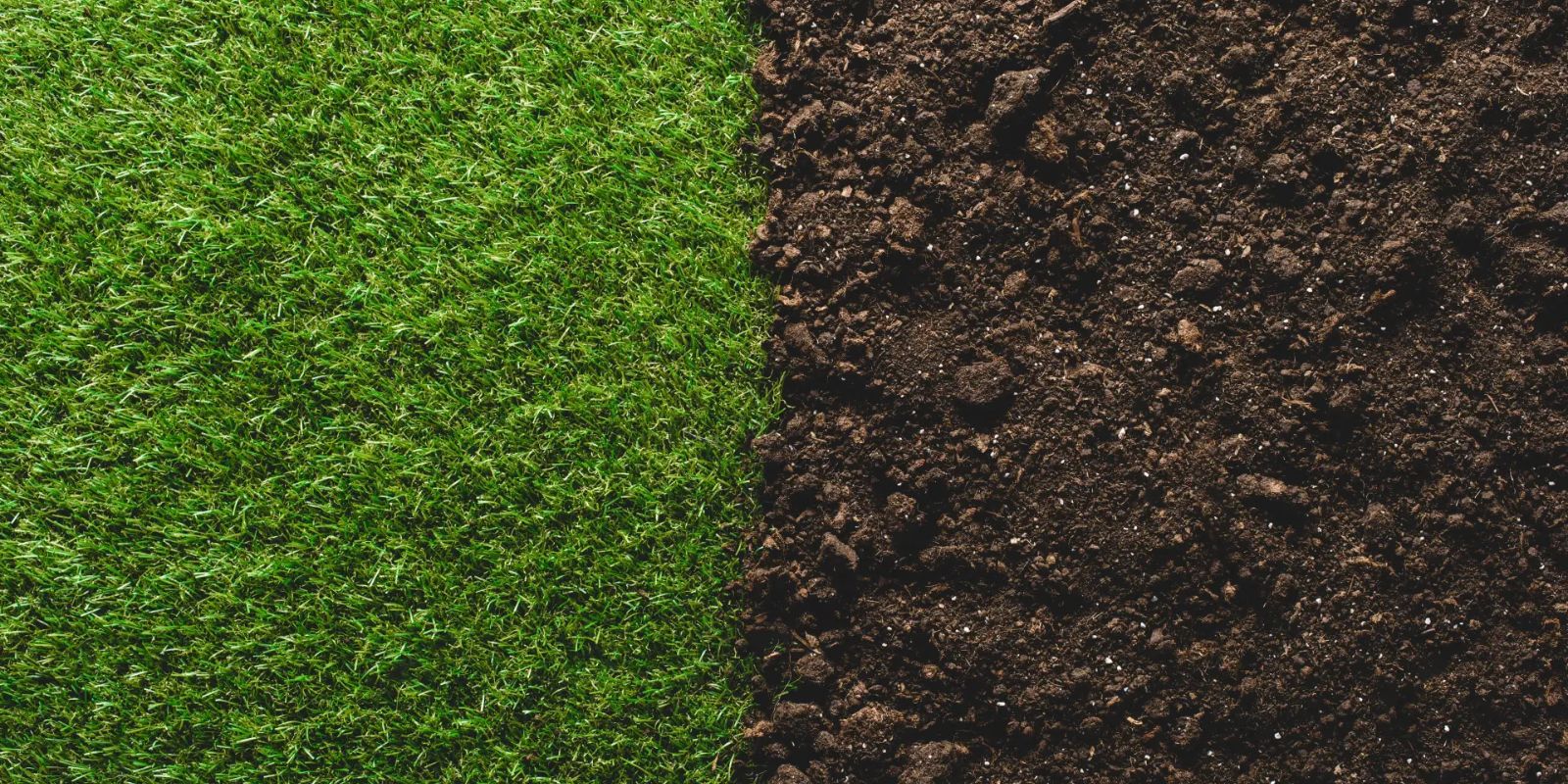Introduction
Planting grass seed on hard dirt can be a daunting task, especially if you’re used to working with loose, fertile soil. Hard, compacted soil can inhibit grass seed germination and growth, leading to a patchy or unsuccessful lawn. However, with the right techniques and a bit of patience, you can transform that tough ground into a thriving green lawn. This comprehensive guide will walk you through the essential steps for planting grass seed on hard dirt, ensuring that your lawn flourishes even in less-than-ideal conditions.
Understanding Hard Dirt
Before diving into the planting process, it’s essential to understand what makes soil “hard.” Hard dirt, or compacted soil, is characterized by its dense, tight texture. This compaction often occurs due to heavy foot traffic, lack of organic matter, or natural soil conditions. Compacted soil can impede water and nutrient absorption, making it difficult for grass seed to establish itself.
Materials Needed
To successfully plant grass seed on hard dirt, gather the following materials:
- Garden Fork or Rototiller: To break up compacted soil.
- Rake: To level and smooth the soil surface.
- Compost or Well-Rotted Manure: To enrich the soil.
- Grass Seed: Choose a variety suitable for your climate and lawn conditions.
- Watering Can or Hose: For consistent watering.
Step-by-Step Guide to Planting Grass Seed on Hard Dirt
Step 1: Assess and Prepare the Soil
Before starting, evaluate the extent of soil compaction. Test how easily you can penetrate the soil with a garden fork. If the soil resists, you’ll need to take additional steps to loosen it.
- Loosen the Soil: Use a garden fork or rototiller to break up the compacted soil. Aim to penetrate the top 2-3 inches of soil. If using a garden fork, insert the tines into the soil and gently rock the fork back and forth to loosen the dirt. For larger areas, a rototiller can make the job faster and more efficient.
- Break Up Large Clumps: As you loosen the soil, you’ll likely encounter large clumps. Break these up with the garden fork or a rake to create a more uniform soil texture.
Step 2: Add Organic Matter
Incorporating organic matter is crucial for improving soil structure and fertility. Organic matter helps to increase soil aeration, water retention, and nutrient content.
- Choose Your Organic Matter: Compost or well-rotted manure are excellent choices. These materials provide essential nutrients and enhance soil health.
- Apply and Mix: Spread a layer of organic matter evenly over the loosened soil. Use a rake or garden fork to mix the organic matter into the top 2-3 inches of soil. This process will help to create a richer, more supportive environment for grass seed germination.
Step 3: Level the Soil Surface
A smooth, even soil surface is crucial for proper seed placement and uniform growth.
- Rake the Area: Use a garden rake to level and smooth the soil. Remove any remaining debris, such as rocks or sticks, that could interfere with seed germination.
- Create a Fine Seedbed: Aim for a fine, crumbly texture that will help the grass seed make good contact with the soil. This texture is ideal for seed germination and root development.
Step 4: Seed the Area
Once the soil is prepared, it’s time to plant the grass seed.
- Choose the Right Seed: Select a grass seed variety that is suited to your climate and soil conditions. Cool-season grasses, like Kentucky bluegrass or fescue, are ideal for cooler regions, while warm-season grasses, like Bermuda or zoysia, are better for hotter climates.
- Sow the Seed: Evenly broadcast the grass seed over the prepared soil. Follow the recommended seeding rate on the seed package for the best results. For larger areas, consider using a broadcast spreader to ensure even coverage.
Step 5: Watering and Care
Proper watering is essential for grass seed germination and establishment.
- Initial Watering: After seeding, lightly water the area to help the seeds settle into the soil. Use a gentle spray to avoid washing the seeds away. Ensure the soil remains consistently moist but not waterlogged.
- Maintain Moisture: Continue to water regularly, keeping the soil moist until the grass seed germinates and the grass begins to grow. Once the grass is established, you can gradually reduce the frequency of watering.
- Avoid Heavy Foot Traffic: Keep off the seeded area to prevent compacting the soil and disturbing the new grass growth.
Step 6: Fertilize and Mow
Once your grass has grown to a sufficient height, it’s time to provide additional care.
- Fertilize: Apply a balanced fertilizer to promote healthy growth. Follow the instructions on the fertilizer package for the correct application rate and timing.
- Mow: Begin mowing when the grass reaches a height of 3-4 inches. Mow regularly to encourage thick, healthy grass and to prevent weeds from taking hold.
Troubleshooting Common Issues
- Poor Germination: If seeds don’t germinate well, check soil moisture and ensure you haven’t over-seeded. Compacted soil may require additional amendments or repeated loosening.
- Weed Infestation: If weeds are competing with your grass, apply a pre-emergent herbicide or manually remove weeds as they appear.
- Pest Problems: Keep an eye out for pests that can damage young grass. Use appropriate organic or chemical treatments if necessary.
Conclusion
Planting grass seed on hard dirt doesn’t have to be a daunting task. By following these steps, you can successfully prepare and seed even the toughest soil. Remember to be patient, as establishing a new lawn takes time and consistent care. With proper preparation and maintenance, you’ll soon enjoy a lush, green lawn that enhances the beauty and functionality of your garden.
Motivation: Turn that hard dirt into a lush, green lawn with these easy-to-follow steps! 🌱✨ #LawnCare #GardeningTips #GrassSeed #GardenMakeover #GreenThumb #DIYGarden #HealthyLawn #OutdoorLiving #GardeningGoals

